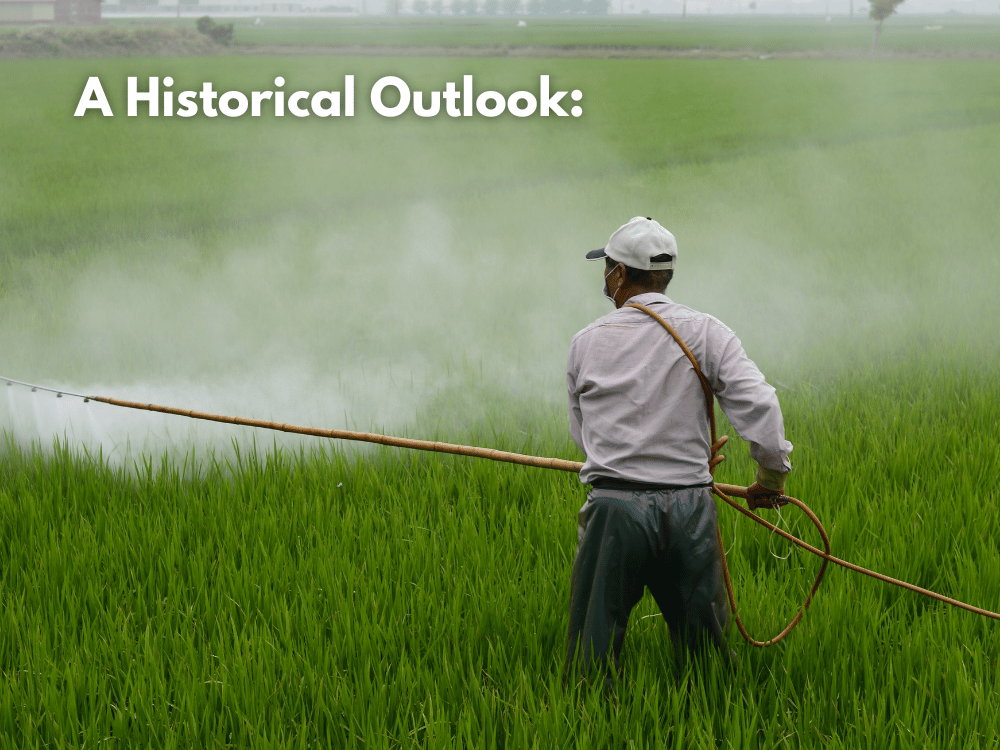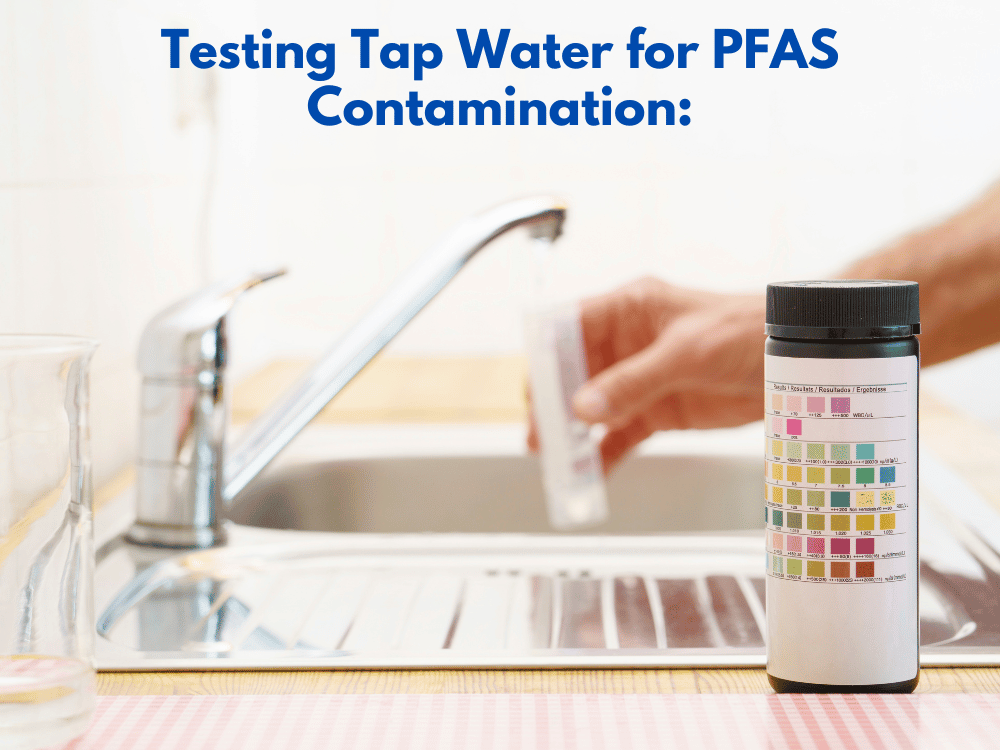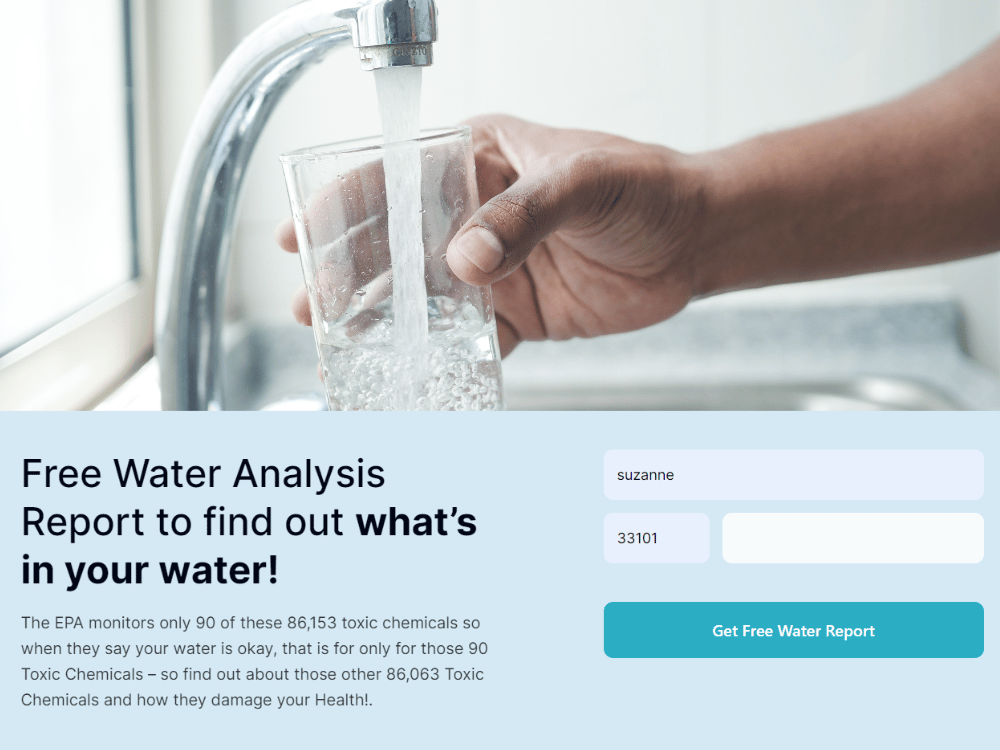Water, an essential element of life, becomes toxic when contaminated. The emergence of pesticides containing per- and polyfluoroalkyl substances (PFAS) in agriculture has recently sparked considerable alarm.
Termed as “forever chemicals,” these substances resist breakdown in the environment and accumulate within the human body over time, posing serious health risks.
PFAS toxicity has been associated with various health ailments, including cancer, immune system dysfunction, and developmental delays. Alarmingly, tap water in numerous regions worldwide contains these chemicals, posing a severe threat to public health.

A Historical Outlook:
PFAS in Pesticides: Since the 1940s, per- and polyfluoroalkyl substances (PFAS) have been prevalent as synthetic chemicals utilized in various industrial and commercial applications.
The utilization of PFAS-containing pesticides surged in the United States during the 1960s. Fluorinated organic chemicals pose health and environmental hazards.
A recent analysis conducted by the Environmental Working Group (EWG) unveiled a troubling trend: over 1,400 registered pesticides in Maine contain active ingredients meeting the state’s PFAS definition, emphasizing the urgent need for intervention.
A study published in Washington, DC, has revealed disturbingly high levels of per- and polyfluoroalkyl substances (PFAS) in widely used pesticides.
Intrepid 2F stands out as the most commonly applied pesticide in California. In 2021 alone, over 1.7 million pounds of Intrepid 2F were applied to more than 1.3 million cumulative acres of land in California’s Central Valley, where crops such as almonds, grapes, peaches, and pistachios thrive.

The Ingress of PFAS into Water and Food Supplies:
Food crops destined for American tables are sprayed with chemicals containing potentially hazardous levels of PFAS.
Contamination of water supplies with PFAS can occur through various pathways:
- Drinking water becomes contaminated with PFAS from pesticide usage.
- Pesticides, when sprayed on crops, infiltrate the soil and pollute groundwater.
- Through absorption by plants, these toxic chemicals enter our food supply via contaminated soil.
- Other sources include industrial pollution and firefighting foam.
Once introduced into the water supply, PFAS can travel extensive distances, contaminating nearby water sources. Shockingly, their traces have been detected in drinking water sources hundreds of miles away from their original contamination site.
Fertilizers also contribute to water pollution with toxic chemicals.
The level of PFOA, a type of PFAS compound, found in Malathion 5EC was over 100,000 times higher than the EPA’s safe level for drinking water.

Health Risks Associated with PFAS Exposure:
Due to their persistence and ability to accumulate, PFAS pose serious concerns. Even at minuscule concentrations, these contaminants induce adverse health effects.
Studies have linked low doses of PFAS in drinking water to:
- Suppression of the immune system
- Increased risk of cancer
- Elevated cholesterol levels
- Reproductive and developmental harms, including infertility
Extensive research by the scientific community underscores the alarming ways these toxic chemicals harm human health, wildlife, and the environment.
Studies have shown a correlation between exposure to toxic chemicals and elevated rates of kidney, testicular, and thyroid cancers.
These chemicals have been detected in more than 330 animal species worldwide, including those at risk of extinction.

EPA Regulations and Guidelines for PFAS Contaminants in Tap Water:
In response to mounting concerns regarding PFAS contamination, the Environmental Protection Agency (EPA) has established regulations and guidelines for these toxic chemicals’ levels in tap water.
In 2016, the EPA introduced a health advisory level of 70 parts per trillion (ppt) for PFAS in drinking water. While this advisory level serves as a guideline for state and local governments, it lacks enforceability.
Many states have implemented their own regulations and guidelines for these contaminants in tap water, some of which are stricter than the EPA’s advisory level.
However, out of the staggering 86,153 potential toxic chemicals that could flow through your faucets, the EPA has established guidelines for just 90. This leaves a plethora of 86,063 chemicals with no set legal limits, potentially overlooked.

Testing Tap Water for PFAS Contamination:
In January 2022, researchers in Portugal found that nearly 70 percent of pesticides introduced between 2015 and 2020 contained fluorinated chemicals. This discovery sheds light on the widespread use of PFAS in pesticide formulations, signaling the urgent need for action.
At Life Water Report, we recognize the critical importance of addressing the significant issue of PFAS pesticides to safeguard drinking water across the United States.
We trust our taps to deliver clean, potable water daily. However, if our city water source receives a “passing grade” from the EPA, is it truly safe? LifeWaterReport believes there’s more to the story.
Check water contaminants by zip code in your area for free.
Effective Methods to Remove These Toxic Chemicals:
In cases where tap water exhibits high levels of PFAS contamination, several methods effectively remove these chemicals:
Use of organic vegetables and fruits
- Soil and water remediation: PFAS can be removed from soil and water through techniques such as soil washing and advanced oxidation processes.
- Activated carbon filters: These represent one of the most efficient approaches to trapping PFAS and other contaminants, ensuring clean and safe drinking water.
- Reverse osmosis: This membrane-based filtration process effectively removes PFAS pesticides from water.
In response to the growing awareness of the health risks associated with contaminants like PFAS and heavy metals in drinking water, the Life Sciences™ Reverse Osmosis Alkaline Water Purifying Generator emerges as a beacon of purification. This cutting-edge system, equipped with five specialized filters, offers unparalleled filtration efficiency, removing up to 98% of harmful substances while enriching water with essential minerals and adjusting its pH to a healthful alkaline level.
Certified by NSF 42, the system guarantees the removal of chlorine, tastes, and odors, ensuring that the water meets but exceeds quality standards.
NSF 61 certification assures consumers that all materials used in the filtration system are safe and free from harmful contaminants. This enhances confidence in the product’s reliability and efficacy. With these esteemed certifications backing its performance, Life Sciences™ provides peace of mind to users. It delivers superior drinking experiences enriched with over 40 scientifically proven health benefits.
In conclusion, PFAS-containing pesticides pose a significant threat to public health, especially regarding drinking water contamination. It is our collective responsibility to protect our drinking water and ensure a healthier and safer future for all.

Access to clean and safe drinking water for all should remain a top priority. Testing tap water for these toxic chemicals and advocating for water treatment systems are crucial steps. The collective effort to phase out these contaminants from pesticide formulations and other products will contribute to a healthier future.
Check the quality of your water at Life Water Report and care for your health by understanding what’s in your water. Visit Life Sciences Water or Life Water Report Water Ionizers™ and get a multi-stage filter system to improve your and your Family’s health.
